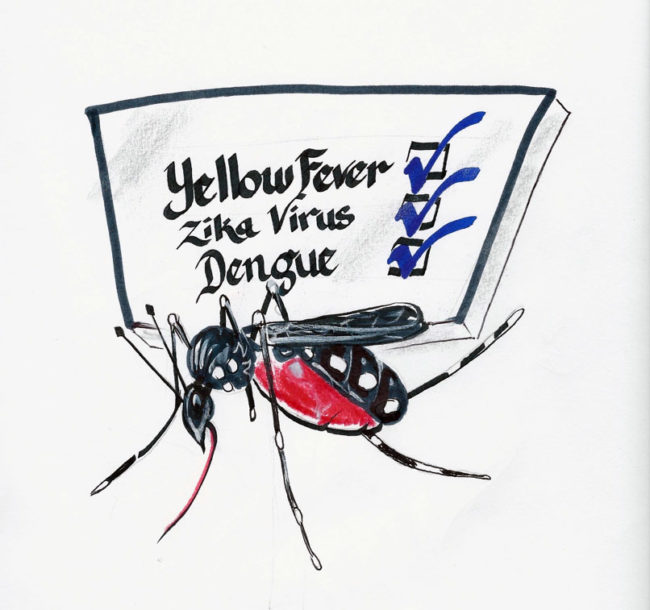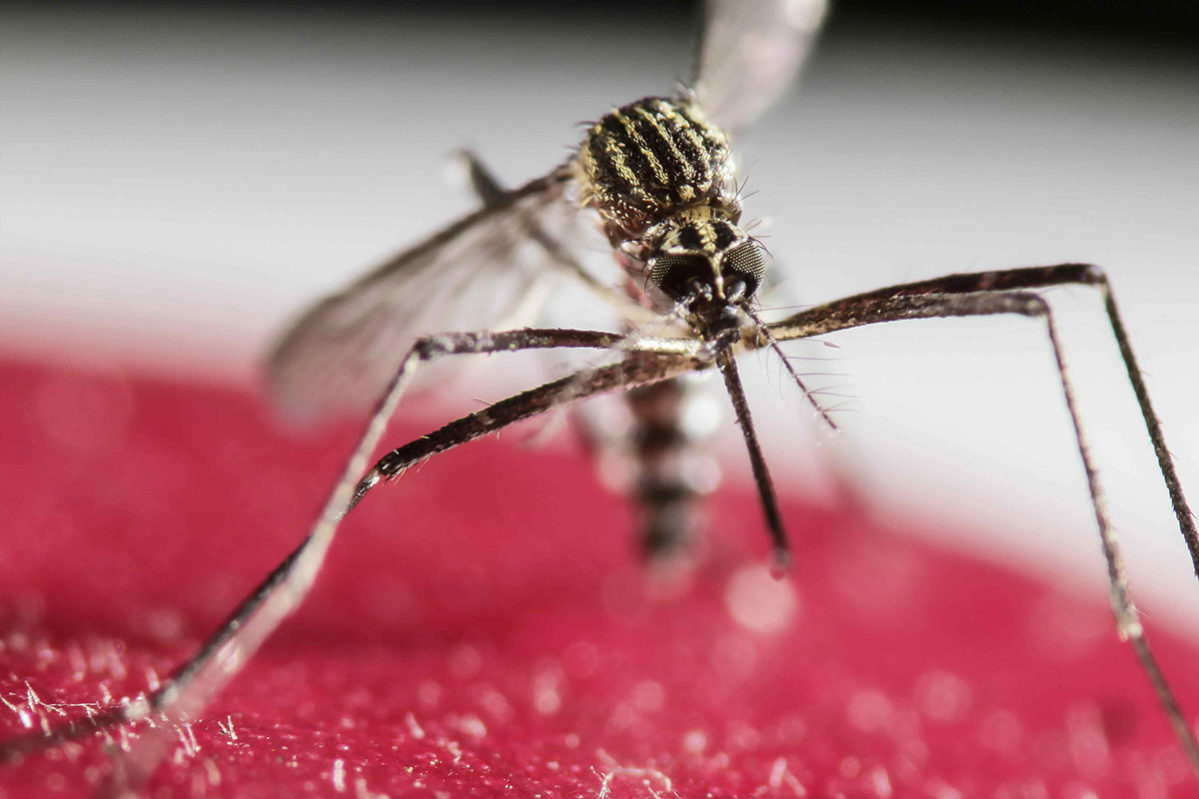
The Orange County Mosquito and Vector Control District informed Orange County residents Monday Sept. 18 of a 330% increase in the population of invasive Aedes mosquitoes since last year. The Aedes mosquito, not native to Orange County, may carry dangerous diseases such as Dengue, Yellow Fever and the Zika virus, according to the district.
The invasive species, which has some of its greater populations in Santa Ana neighborhoods, was also reportedly found in many county cities, including Anaheim, Garden Grove and Westminster.
Lora Young, the Director of Communications, said in the district report: “The rapid and intense spread of these mosquitoes will impact our quality of life in Orange County. Residents play a critical role in helping to control the spread of this mosquito. We are urging residents to eliminate containers of water and reduce breeding sources for these mosquitoes.”
Across 15 cities, there were 40 total Aedes mosquito infestation areas as of Sept. 27. The city of Santa Ana reportedly had the most total infestation areas, with three holding the Asian Tiger Mosquito and seven holding the Yellow Fever mosquito.
While the Aedes mosquito population poses a noticeable threat to Orange County residents, the prevalence of West Nile Virus is also a relevant disease, having been found in mosquito batches in La Habra and Costa Mesa summer this year. The prevalence of West Nile, while separate from the increase in Aedes mosquitoes, is currently at an “Elevated” status by the OCMVCD. The Orange County Public Health Agency reported 29 total West Nile cases in Orange County.
The mosquito-borne disease, commonly found in the Southern House Mosquito, often carries flu-like symptoms such as headaches, fever, skin rashes and body aches. The symptoms can worsen into paralysis, neuroinvasive disease and death. About 80 percent of those infected with West Nile Virus will not show symptoms, according to the World Health Organization. Only one in 150 will develop a severe illness, according to the Centers for Disease Control and Prevention.
With the growing homeless population living alongside the Santa Ana River, there is a greater risk of people contracting the virus. Standing water along the riverbed and trails, as well as water kept for personal use by homeless residents is the perfect breeding area for mosquitos. The OCMVD is not spraying in these particular areas. “ This mosquito is backyard specific, so we are focusing more on the backyards of residents that might have this problem,” said Mary-Joy Couburn, the Public Affairs Coordinator with the OCMVCD.. The district is also partnering with Orange County healthcare agencies to provide the residents of Santa Ana River with mosquito repellent and wipes and making them more knowledgeable on the mosquitos and how to keep them from breeding.
In an effort to combat the increase in the mosquito population, the district has placed around 100 mosquito traps in the county, to assess how many mosquitoes are in the area and test them for diseases. The district also conducts door-to-door inspections on residential property said Couburn. Public health officials are also encouraging residents to take action by removing still water at home, wearing mosquito repellent and checking screens on windows and doors are functioning.
- First All-Spanish Play Premieres in Phillips Hall Black Box Theatre - December 5, 2017
- Dons Take Third Win of Season - November 16, 2017
- 4 Instagram-Worthy Dessert Destinations in OC - November 6, 2017












